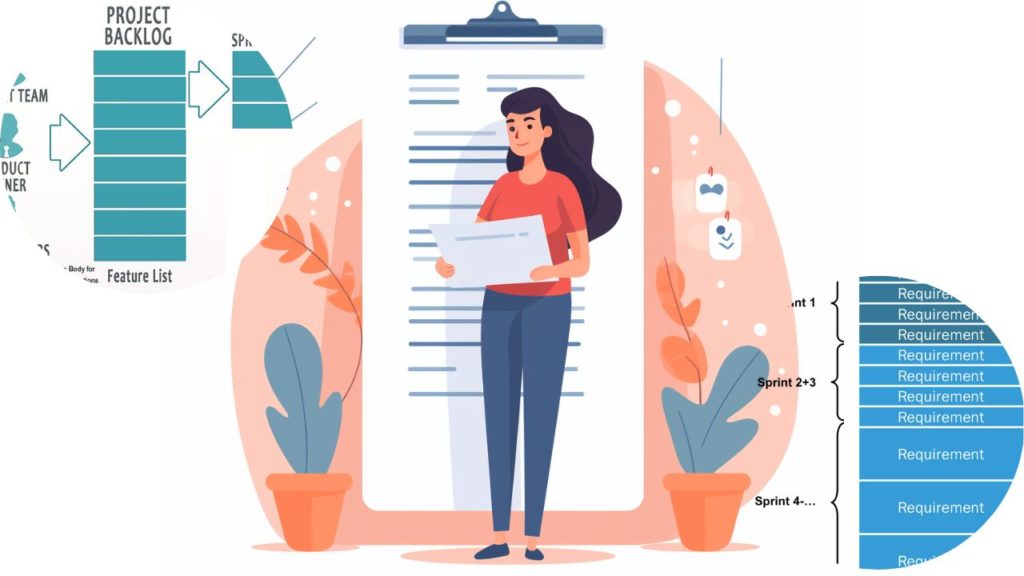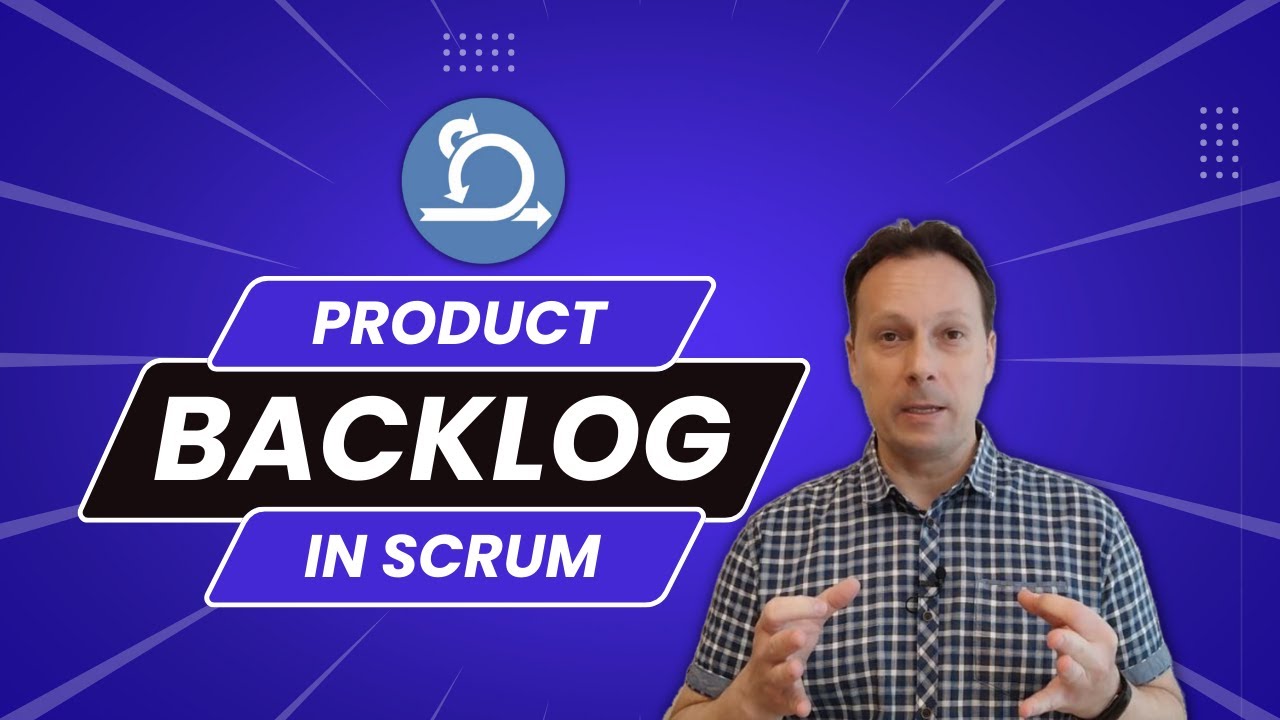What is a Product Backlog in Scrum + FREE Product Backlog Template?
In the dynamic world of Agile development, the product backlog stands as the heartbeat of Scrum. This meticulously curated inventory of features, enhancements, and bug fixes serves as the guiding light for the development team, ensuring that the product evolves in alignment with customer needs and market demands.
Before we embark on an in-depth exploration of the product backlog—unveiling its significance, dissecting its essential elements, and understanding how it serves as the backbone of successful Scrum implementations—I invite you to enhance your insights by watching the accompanying video.
This visual guide will complement the textual narrative, offering a holistic understanding of the dynamic role the product backlog plays in shaping the Agile development landscape.
As a token of our commitment to supporting your Scrum journey, I am pleased to offer you a valuable resource.
At the conclusion of this post, you’ll find a link to download a FREE Product Backlog Template in Scrum. This template is designed to streamline your backlog management, empowering you to orchestrate a more effective and efficient development process.
Stay tuned for this practical resource and let’s delve into the intricate world of product backlog together!
What is a Product Backlog in Scrum?
At its core, the product backlog is a dynamic, prioritized list of user stories, features, and tasks that encapsulate the envisioned enhancements for a product. It serves as a comprehensive repository, holding the key to the product’s evolution.
Think of it as a roadmap that constantly adapts to feedback, market changes, and emerging requirements.
How Do You Write a Product Backlog in Scrum?
Creating an effective product backlog requires a delicate balance between foresight and adaptability. Start by collaborating with stakeholders, including customers, to capture their expectations. Prioritize items based on business value, dependencies, and urgency.
Regular refinement sessions ensure that the backlog remains relevant, reflecting the evolving understanding of the product.
What Does the Product Backlog Contain?
The product backlog is a dynamic collection of items, each described in a way that is easily understandable by the development team.
These items, often in the form of user stories, outline specific functionalities from an end user’s perspective. Additionally, backlog items can include technical tasks, bug fixes, and any work that contributes to the overall improvement of the product.
Difference Between Scrum Backlog and Product Backlog
While the terms are often used interchangeably, it’s essential to distinguish between the Scrum backlog and the product backlog.
The Scrum backlog comprises two main elements: the product backlog and the sprint backlog.
The product backlog represents the overarching list of features and improvements, whereas the sprint backlog is a subset, outlining the tasks to be accomplished during a specific sprint.
Examples of Product Backlog in Scrum
- Feature Enhancements: Integrate a real-time chat functionality.
- Bug Fixes: Address security vulnerabilities in the user authentication process.
- User Stories: As a customer, I want a simplified checkout process to expedite my purchase.
- Technical Debt Reduction: Refactor legacy code for improved maintainability.
Conclusion
In the world of Scrum, a well-crafted product backlog is the linchpin that ensures the continuous delivery of value. It fosters collaboration, aligns the team with customer needs, and enables adaptability in the face of changing requirements. As you embark on your Agile journey, remember, that the product backlog isn’t just a list; it’s the heartbeat that propels your product forward.

Download the FREE Product Backlog Template
For your convenience, we’ve prepared a comprehensive Product Backlog Template in MS Excel. Simply send an email to agileandscrummasterclass@gmail.com with the subject line “FREE Product Backlog Template,” and we’ll promptly share this valuable resource to elevate your Scrum practices.
Subscribe below for our newsletter, and follow our Scrum Blog.
